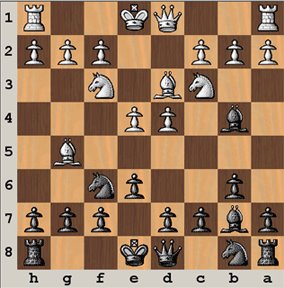Tactics Books: Brits vs Americans
For Precircle 3 in the Divine Tragedy I was going to read Seirawan's 'Winning Chess Tactics.' I am not so sure about this anymore. It just doesn't seem as good as either of the two books I just got. I will probably work through the two Brits' books in parallel for Precircle 3. Then, and only then, will I do the tactical circles.
In the meantime, I am still working through Wolff's excellent Idiot's Guide to Chess for Precircle 2. It is by far the best introductory chess book I own. While I haven't read them yet, the chapters on strategy look great, and include lots of helpful tests. My question is, where are the computer programs that emphasize strategic understanding for beginners? If I were better at chess, I'd make lots of money making programs! Perhaps Psalcido will exploit this hole in the chess software industry. :)
I have been spending too much time on chess lately, unfortunately, and will probably try to keep it to an hour a day from now on, until I am near the end of the Circles. It has become a kind of drug, and I need to cut back. I hope I don't have to go cold turkey....





